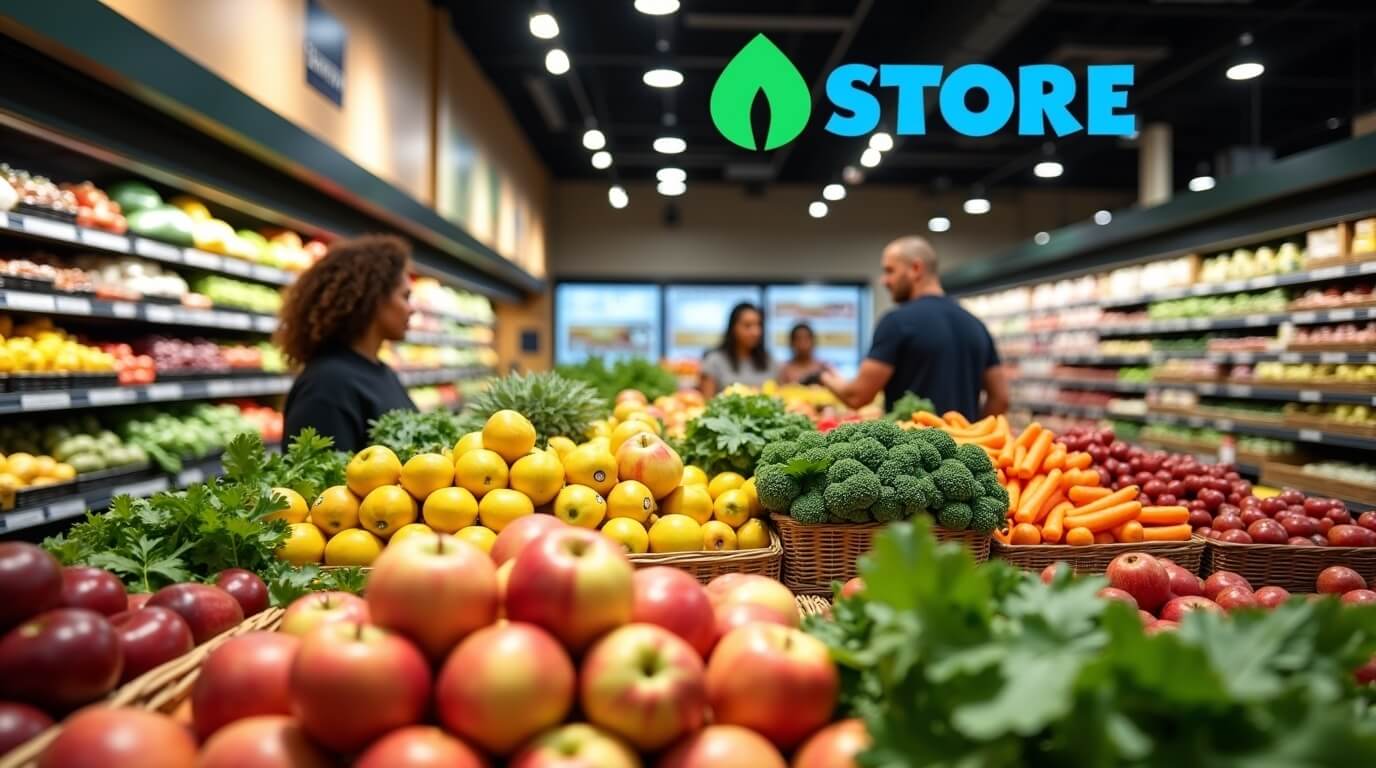
A comparison of organic and conventional groceries, highlighting differences in price and labelling.
By Emma on September 27, 2025
Organic vs. Non-Organic Groceries: What’s Really Worth the Price?
Grocery shopping today often comes with a tough question: Should I buy organic or stick with conventional produce? Organic foods are marketed as healthier and chemical-free, but they usually cost more. Understanding the real differences between organic and non-organic groceries can help you make smarter choices without breaking the bank.
Here’s what you need to know to shop wisely.
1. What Does “Organic” Really Mean?
Organic foods are grown without synthetic pesticides, fertilizers, genetically modified organisms (GMOs), or irradiation. Organic meat, eggs, and dairy come from animals raised without antibiotics or growth hormones.
However, organic does not automatically mean more nutritious. While some studies suggest minor nutrient differences, the main benefit of organic is reduced exposure to synthetic chemicals.
2. Health Considerations
-
Pesticide Exposure: Organic fruits and vegetables usually have fewer pesticide residues. For families with kids or pregnant women, choosing organic for certain high-pesticide produce may be beneficial.
-
Antibiotics & Hormones: Organic meat and dairy are free from routine antibiotics and added hormones. For people concerned about antibiotic resistance or hormone exposure, organic options are preferable.
-
Nutritional Value: Overall, research shows only small differences in nutrient content between organic and conventional foods.
3. Environmental Impact
Organic farming practices generally focus on soil health, biodiversity, and reduced chemical runoff. Choosing organic can support sustainable farming practices and reduce environmental pollution.
4. What’s Worth Buying Organic?
Some items are more prone to pesticide residue and are worth prioritizing as organic:
-
Apples, strawberries, grapes
-
Spinach, kale, and leafy greens
-
Bell peppers, tomatoes, and cucumbers
Other produce has thick skins or is less prone to pesticides, so conventional versions are fine:
-
Avocados, bananas, pineapples
-
Sweet corn, cabbage, and onions
-
Frozen fruits and vegetables
This approach is sometimes called the “Dirty Dozen” and “Clean Fifteen” method, which lists produce with the highest and lowest pesticide residues.
5. Budget-Friendly Tips
Organic groceries can be expensive, but there are ways to enjoy the benefits without overspending:
-
Buy in Season: Organic produce is cheaper when it’s in season.
-
Shop Local Farmers’ Markets: Often fresher and more affordable.
-
Mix & Match: Buy high-pesticide items organic, and conventional for the rest.
-
Frozen Organic Options: Sometimes cheaper than fresh and just as nutritious.
6. Meat, Dairy & Eggs
-
Organic Meat & Eggs: Free-range, no antibiotics or hormones.
-
Non-Organic Meat: Usually cheaper but may have additives and exposure to low levels of antibiotics.
Tip: If your budget is tight, buy conventional meat and focus your organic purchases on produce that’s heavily sprayed.
7. How to Decide What’s Worth It
-
Health priorities: If avoiding chemicals matters most, buy organic for high-risk items.
-
Budget constraints: Mix organic and conventional to stretch your money.
-
Environmental values: Support organic farms if sustainability is a priority.
8. Use OnlineGroceryList.com to Shop Smart
You can create a digital grocery list separating organic vs. conventional items using OnlineGroceryList.com. Organizing your list by priority makes shopping faster and keeps you on budget.
The Bottom Line
Organic groceries aren’t always necessary, but they do offer benefits in certain categories. Use a strategic approach, prioritise high-pesticide produce, and mix organic and conventional foods based on your budget and preferences.
Smart shopping, planning, and using tools like OnlineGroceryList.com help you make the most of your grocery dollars while still eating healthy.